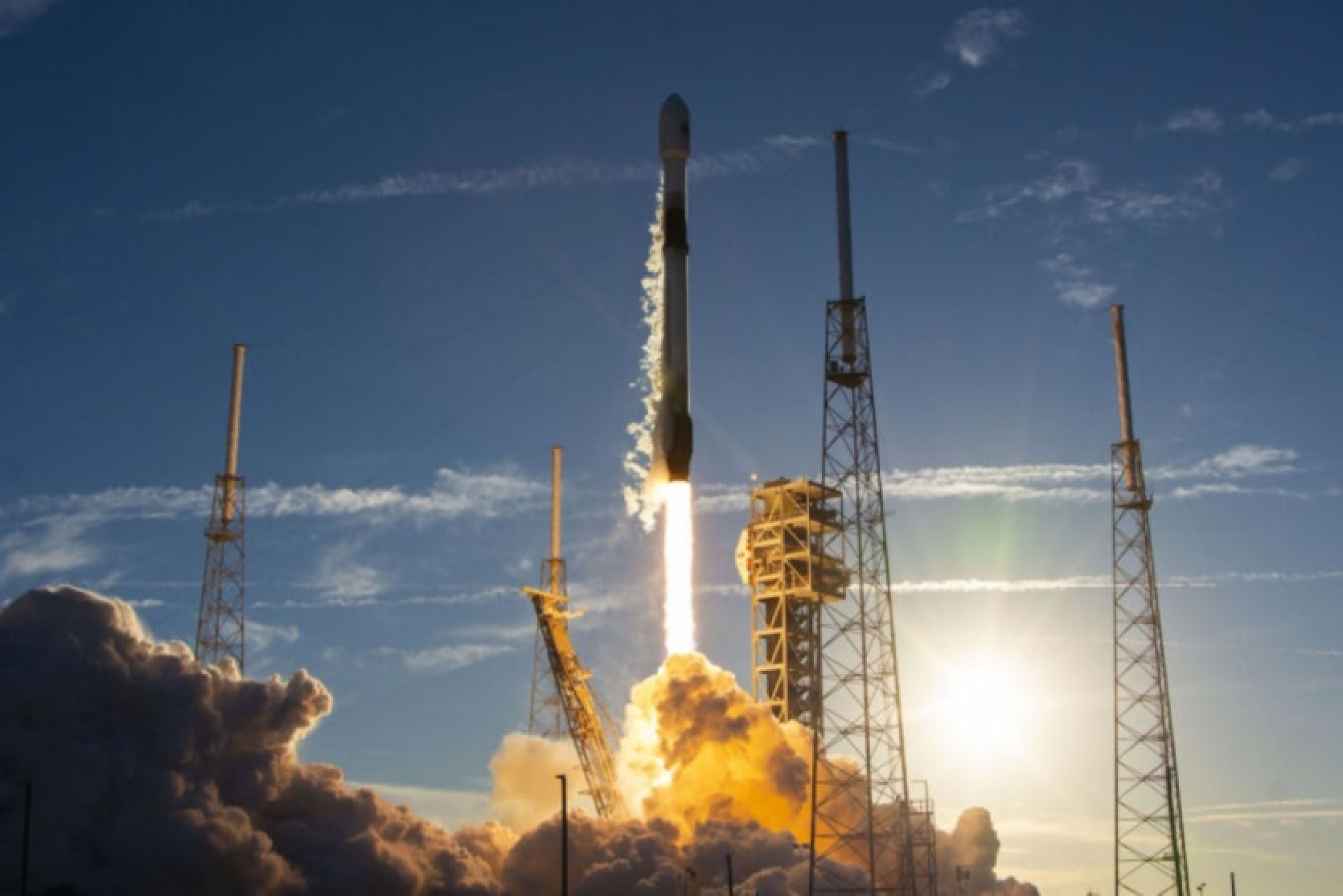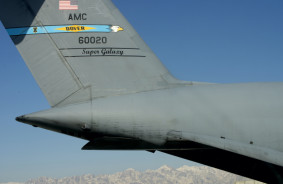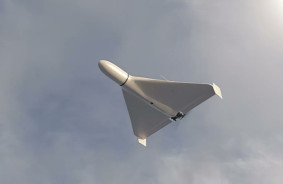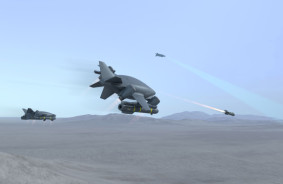On Wednesday, the SpaceX Falcon 9 rocket launched from the Space Force Station at Cape Canaveral with two prototype satellites for the Missile Defense Agency and four rocket tracking satellites for the US Space Force.
These satellites are part of a new generation of spacecraft designed to track hypersonic missiles launched by China or Russia, and possibly new missile threats from Iran or North Korea, which are also developing their own hypersonic weapons.
Hypersonic missiles are smaller and more maneuverable than conventional ballistic missiles, which can be detected by older US missile defense satellites (their infrared sensors are tuned to detect bright thermal signs of rocket exhaust gases).
Meanwhile, hypersonic missiles present new challenges: if ballistic missiles move along an assumed parabolic trajectory that takes them into space, hypersonic missiles are smaller and relatively dimmer, spending more time flying in Earth's atmosphere; their maneuverability makes tracking difficult.
Over the past year, the Space Development Agency (SDA) has launched 27 satellite prototypes, which together form the Proliferated Warfighter Space Architecture (PWSA) constellation - over time it will consist of hundreds of spacecraft to track missiles and transmit data on their flight trajectory to Earth. Tracking data will provide early warning to those targeted by hypersonic missiles and help develop interception solutions.
The SDA grouping combines traditional tactical radio links, laser inter-satellite communication, and wide-field infrared sensors. The agency, now a division of the Space Force, plans to launch successive generations or segments of small satellites, each offering new technologies.
The SDA approach is based on commercially available spacecraft and sensor technologies, and will be more resilient to enemy attacks than conventional military space assets. Obsolete military satellites often cost hundreds of millions or even billions of dollars each.
Four SDA tracking satellites, built by L3Harris, are the latest spacecraft the agency is launching in its prototype group called Tranche 0. From the end of this year, the SDA plans to start a rapid launch campaign with SpaceX and United Launch Alliance to quickly build its operational Tranche 1 group with launches taking place at one-month intervals to deploy approximately 150 satellites. Then the Tranche 2 group with more advanced sensor technologies will appear.
Two more prototypes (one provided by L3Harris and the other by Northrop Grumman) will demonstrate medium field of view sensors - they cannot cover as much territory as SDA satellites, but will provide more sensitive and detailed missile tracking data.
Satellites, costing over $300 million, and prototypes will participate in joint military exercises in the coming months.
Source: Ars Technica














Comments (0)
There are no comments for now